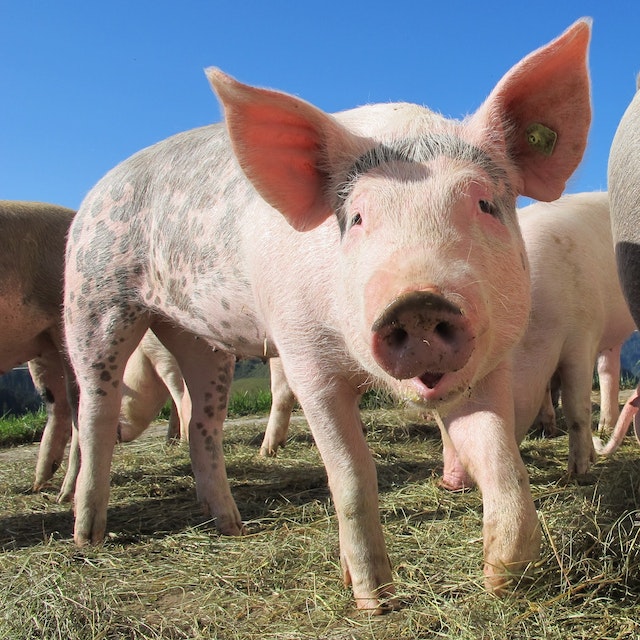Introduction: Understanding how to read and interpret dog food labels is essential for selecting the right food for your beloved pet. The information provided on the labels can give you insights into the quality, nutritional value, and suitability of a particular dog food. In this guide, we will walk you through the process of reading dog food labels to help you make informed decisions for your furry friend.
- Start with the Ingredients List: The ingredients list is a crucial part of the dog food label. It provides valuable information about what goes into the product. Look for high-quality protein sources like chicken, beef, fish, or lamb listed as the first ingredient. Ideally, the ingredients should be recognizable and natural, without artificial additives or fillers. Avoid dog foods that contain by-products, artificial preservatives, and excessive grains or sugars.
- Analyze the Guaranteed Analysis: The guaranteed analysis section lists the minimum and maximum percentages of certain nutrients in the dog food. Pay attention to the levels of crude protein, crude fat, crude fiber, and moisture. These values can help you determine if the food meets your dog’s specific dietary requirements. Compare the percentages to your veterinarian’s recommendations based on your dog’s age, size, and health condition.
- Check for AAFCO Nutritional Adequacy Statement: Look for the AAFCO (Association of American Feed Control Officials) statement on the label. This statement indicates if the dog food meets the minimum nutritional standards established by AAFCO. It will specify whether the food is suitable for all life stages, growth, maintenance, or supplemental feeding. Choose a dog food that is appropriate for your pet’s life stage.
- Assess Special Dietary Claims: Dog food labels often make claims such as “grain-free,” “gluten-free,” “natural,” or “organic.” Understand the meaning behind these claims. For example, “grain-free” means the food doesn’t contain grains like wheat or corn. However, it’s important to note that being grain-free doesn’t automatically make a dog food healthier. Assess these claims based on your dog’s specific needs and consult with your veterinarian if you have any concerns.
- Consider Feeding Guidelines: The feeding guidelines on the label provide recommendations on how much to feed your dog based on their weight and life stage. However, these guidelines are just a starting point. Factors such as your dog’s activity level, metabolism, and overall health may require adjustments to the suggested amounts. Monitor your dog’s weight and condition regularly and make adjustments as needed to ensure they are receiving the appropriate portion size.
- Evaluate Manufacturer Information: Take note of the manufacturer’s information on the label. Look for a reputable company that has a history of producing high-quality dog food. Research the company’s values, manufacturing processes, and any recalls or quality issues they may have had in the past. Trustworthy manufacturers prioritize the health and well-being of pets and provide transparent information about their products.
- Seek Veterinary Guidance: Choosing the right dog food can be complex, especially if your pet has specific dietary needs or health conditions. Consult with your veterinarian to get personalized recommendations based on your dog’s unique requirements. They can provide valuable insights and guide you towards suitable options for your pet’s optimal nutrition.
Conclusion: Reading and understanding dog food labels is essential for selecting the right food for your dog. By carefully examining the ingredients list, analyzing the guaranteed analysis, checking for AAFCO statements, assessing special dietary claims, considering feeding guidelines, evaluating manufacturer information, and seeking veterinary guidance when needed, you can make informed choices that promote your pet’s health and well-being. Remember, a healthy diet is key to a happy and thriving furry companion.










